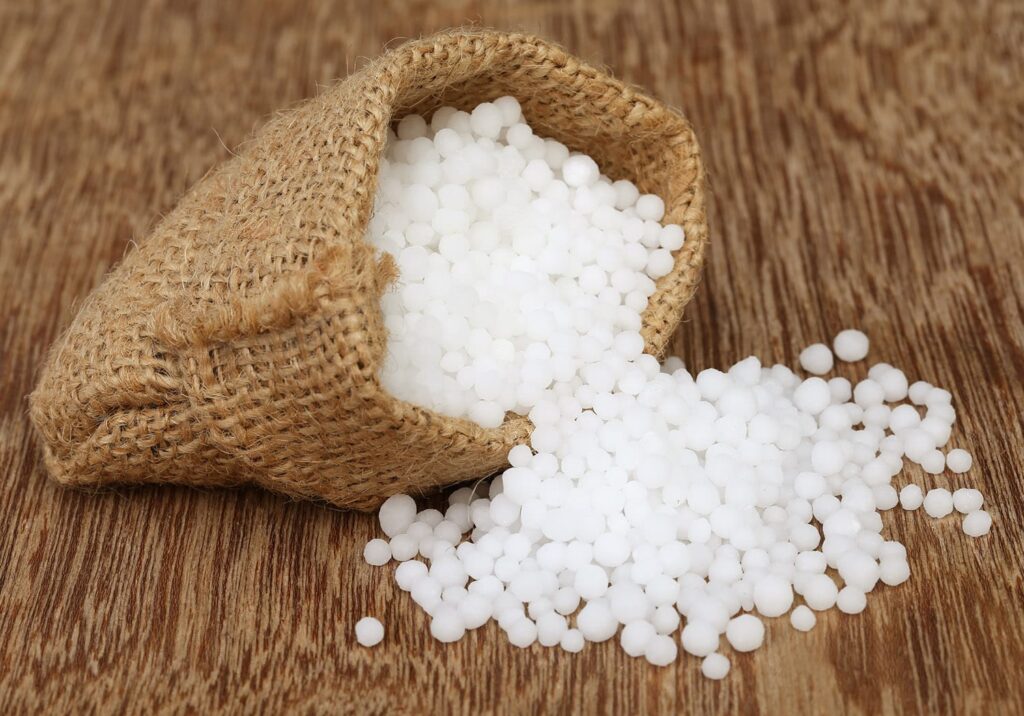
Urea 46, a nitrogen-rich compound, stands as a cornerstone in both agriculture and various industrial processes. In this article, we delve into its chemical composition, production processes, applications in agriculture and industry, environmental impact, quality standards, and much more.
Chemical Composition of Urea 46
Urea, chemically represented as CO(NH2)2, boasts a high nitrogen content. This composition plays a pivotal role in its effectiveness as a fertilizer and an essential component in industrial settings. The nitrogen component is a key nutrient for plant growth, making this a valuable resource in agriculture.
Production Process
The synthesis of urea 46 involves several intricate steps, from sourcing raw materials to the final manufacturing process. Understanding these steps provides insight into the quality and purity of the end product.
Agricultural Applications
As a fertilizer, urea serves as a vital source of nitrogen for plants, promoting robust growth and increased crop yield. Farmers worldwide rely on its efficacy to enhance soil fertility and ensure bountiful harvests.
Industrial Uses
Beyond agriculture, urea finds applications in diverse industrial sectors. Its role in manufacturing processes, such as plastics and resins, underscores its significance as a versatile compound with far-reaching implications.
Environmental Impact
While urea contributes significantly to agricultural productivity, its environmental impact is a subject of concern. Sustainable practices and responsible usage are crucial to mitigate any adverse effects on ecosystems.
Quality Standards and Testing
Maintaining stringent quality control measures and regular testing procedures are imperative to ensure the purity and effectiveness of urea 46. Adhering to these standards safeguards its applications in agriculture and industry.
Storage and Handling
Proper storage and safe handling practices are essential to preserve the integrity of urea. Guidelines for storage conditions and precautions during handling contribute to the safe utilization of this compound.
Market Trends and Global Demand
Understanding current market trends and the factors influencing the global demand for urea 46 provides valuable insights for stakeholders. Economic, agricultural, and industrial dynamics all play a role in shaping the market landscape.
Advancements in Technology
Ongoing advancements in urea 46 technology showcase the industry’s commitment to innovation. From improved manufacturing processes to potential future developments, staying abreast of these changes is crucial.
Comparisons with Other Fertilizers
Contrasting urea with alternative fertilizers helps farmers and industries make informed decisions. Exploring the pros and cons of different options provides a comprehensive view of the choices available.
Common Misconceptions About Urea
Addressing myths and misconceptions surrounding urea is essential for promoting accurate information. Dispelling common misunderstandings ensures that users make informed decisions based on factual data.
Urea 46 Price Trends
The pricing of urea is influenced by various factors, including raw material costs, market demand, and supply chain dynamics. Analyzing these trends aids in understanding the economic aspects of this crucial compound.
Case Studies
Real-world examples showcasing the successful application of urea provide tangible evidence of its impact on different crops and industries. These case studies offer practical insights into the compound’s efficacy.
Conclusion
In conclusion, urea 46 emerges as a nitrogen-rich wonder with diverse applications in agriculture and industry. Understanding its chemical composition, production processes, and various uses is key to harnessing its full potential while mitigating any adverse effects.
FAQs (Frequently Asked Questions)
- Is urea 46 suitable for all types of crops?
- Yes, urea 46 is a versatile fertilizer suitable for a wide range of crops.
- How does contribute to environmental sustainability?
- Sustainable practices, such as precision application, can minimize environmental impact.
- Are there any alternatives in industrial applications?
- While alternatives exist, urea 46 remains a popular choice due to its versatility.
- What measures can farmers take to maximize the effectiveness?
- Proper soil testing and adherence to recommended application rates are crucial.
- How do market trends affect the pricing of urea 46?
- Market dynamics, including demand and supply, influence the pricing of urea 46.
